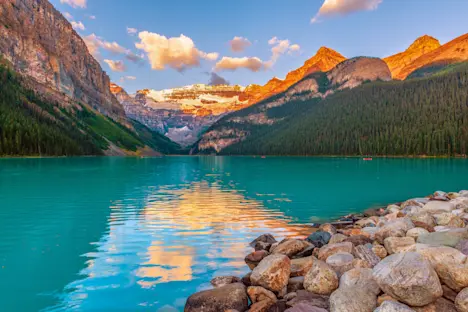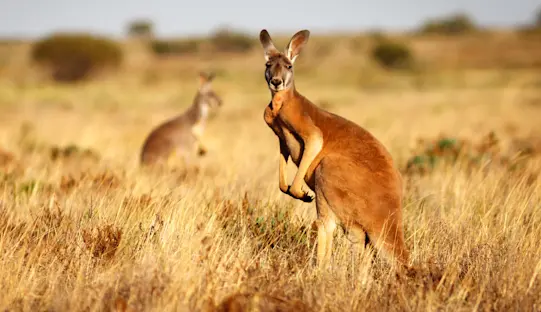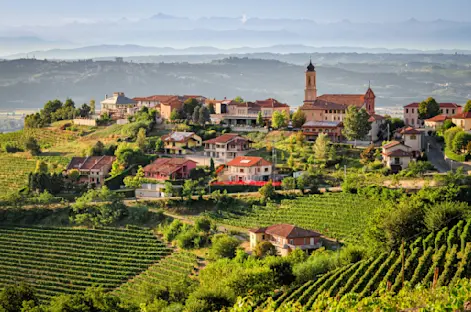Written By Tara Zokaie, WWF’s Digital Marketing Specialist

© Tara Zokaie / WWF-US
A Surprise Entry
There are many things on my bucket list, but I never expected photographing polar bears in their natural habitat would be one of them. My early encounters with bears began in 2008 on a trip to Yellowstone National Park, where I spotted my first black bear—a mother with three playful cubs following close behind her. It felt like time stood still as they crossed the road, unfazed by the group of stunned visitors.
A few years later, in 2013, I saw my first grizzly bear, a massive, curious presence that left me glued to the ground, grateful for the distance between us.
I always assumed my bear experiences would stop there—maybe another black bear sighting on a hiking trail if I was lucky.
Never did I expect to ever find myself just feet away from dozens of polar bears, camera in hand, heart pounding, in one of the most remote corners of the world.
From Winnipeg to the Wild
The journey began with a flight to Winnipeg, where I tried to calm my nerves by visiting the Canadian Museum for Human Rights. It turned out to be the perfect place to start: a beautifully designed space that tells powerful, interconnected stories of struggle, resilience, and hope. It was a meaningful reminder of how deeply our lives are tied to one another—a feeling that would echo through my experiences up north.
The next morning, we boarded a charter flight to Churchill, Manitoba—the “Polar Bear Capital of the World.” Even before settling in, we were treated to glimpses of Arctic terns and even a fleeting view of an Arctic fox on our initial bus ride into polar bear country. Armed with my camera and beginner’s enthusiasm, I snapped away—only to realize my settings were way off. That moment set the tone for the trip: full of mistakes, learning and unexpected wins.
(Overexposed white birds against the snowy ground? Lesson learned.)
While some of my fellow travelers were seasoned photographers, I was proudly still figuring things out. Thankfully, Churchill was a kind teacher to me.
> Explore Nat Hab’s Churchill Polar Bear Adventures
Up Close With Polar Bears
Our home base for the trip was the legendary Tundra Lodge: a series of connected cars, much like a moving hotel, set out on the edge of Hudson Bay. Each cozy sleeping compartment had its own window for round-the-clock polar bear viewing—a rare yet awesome mix of adventure and comfort.

My first up-close polar bear shot – it needed some work! © Tara Zokaie / WWF-US
On our very first evening, after a hearty dinner crafted by the Lodge’s incredible kitchen team (who are very talented—can you imagine fresh Nanaimo bars—a local dessert layered with chocolate, coconut and custard—on the tundra?!), we were meant to gather for a workshop with our talented guides, Eddy and Giulia. But nature had her own schedule. Before the presentation could begin, Eddy informed us that a polar bear was outside the lodge.
In hushed excitement, we scrambled to grab our cameras and tiptoed to the viewing platforms. There, just feet away, stood a polar bear, curious and unhurried. The silence among our group was immediate and absolute—a collective reverence as the bear sniffed the air, then reared up on its hind legs to inspect us more closely.
Arctic Nights and Northern Lights
That night, buzzing with adrenaline, I barely slept—but it didn’t matter.

Even my cellphone photos were stunning! © Tara Zokaie / WWF-US
At around 2 a.m., Giulia softly knocked on our doors: “Northern lights!” she called.
We threw on jackets and stumbled outside, cameras in hand. Above us, the sky exploded into color — greens, purples, even hints of red — the aurora borealis shimmering and fluttering in the Arctic night. I had seen photos of the northern lights before, but standing under them, surrounded by silence and snow, was something entirely different. I knew immediately this was one of the most beautiful sights of my life.
Over the next few days, we explored the tundra aboard massive tundra buggies—reinforced vehicles designed for slow, careful movement across the fragile landscape. Each outing brought new surprises: a massive scarred polar bear parading by, a sleepy one sprawled out near the willows, and the playful sparring of young males practicing for adulthood.
Quick Polar Bear Fact:
Churchill’s bears gather here each fall, waiting for Hudson Bay to freeze so they can head out to hunt seals, their primary food source. Polar bears are considered marine mammals because they depend on sea ice for survival. Climate change continues to threaten their habitat, making conservation efforts—and education—even more crucial.
Beyond the Wildlife
While exploring, we also learned about Churchill’s layered history, including the longstanding presence of Indigenous peoples like the Inuit, Dene and Cree. Their deep connection to the land, the wildlife, and the seasons runs much deeper than any visitor can fully grasp. I was grateful to hear from local voices and to know that some of the programs we participated in supported community initiatives.
Every evening back at the Lodge, over plates of delicious food that, once again, seemed impossible in such a remote location, we attended workshops to refine our photography skills: how to adjust exposure in snow, frame shots for storytelling, and even edit panoramas of the vast tundra.

One of my last up-close polar bear shots – quite an improvement. © Tara Zokaie / WWF-US
Thanks to the generosity of fellow guests and the endless patience of Eddy and Giulia, I went from overexposing terns to framing eye-level portraits of polar bears under soft Arctic light. It reshaped how I see “wild” spaces—not just as backdrops for adventure, but as communities worth protecting.
It wasn’t just about taking better photos—it was about seeing differently, and I’m so grateful I have these beautiful images to pair with all my incredible stories and learnings.

Learning to take photos the extra mile and tell a story. © Tara Zokaie / WWF-US
An Experience That Stays With You
Growing up in Southern California, the idea of Arctic adventures and frigid temperatures had never really appealed to me. But Churchill, with its stark beauty, its resilient community, and astonishing wildlife, opened a door I didn’t know was there. A dream I didn’t even know I had fulfilled in ways I’m still trying to put into words.

A beautiful look of a traditional Inuit inukshuk, which stands as a symbol of guidance and survival in the Arctic. © Tara Zokaie / WWF-US
If you ever get the chance to travel north, where the polar bears roam, and the northern lights dance overhead—go. Just don’t forget your camera, your humility and maybe a second stomach for all those Nanaimo bars!
Capture wall-worthy images of polar bears and other Arctic wildlife on Nat Hab’s Churchill Polar Bear Photo Expedition, Tundra Lodge Photo Expedition or Beluga Whales & Polar Bears: Churchill Summer Photo Expedition.



































